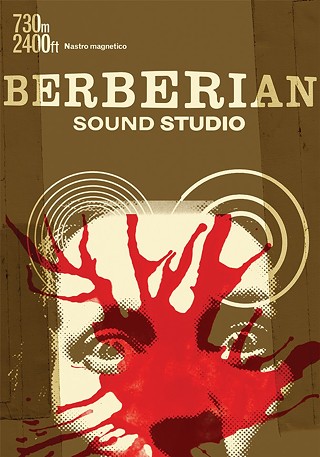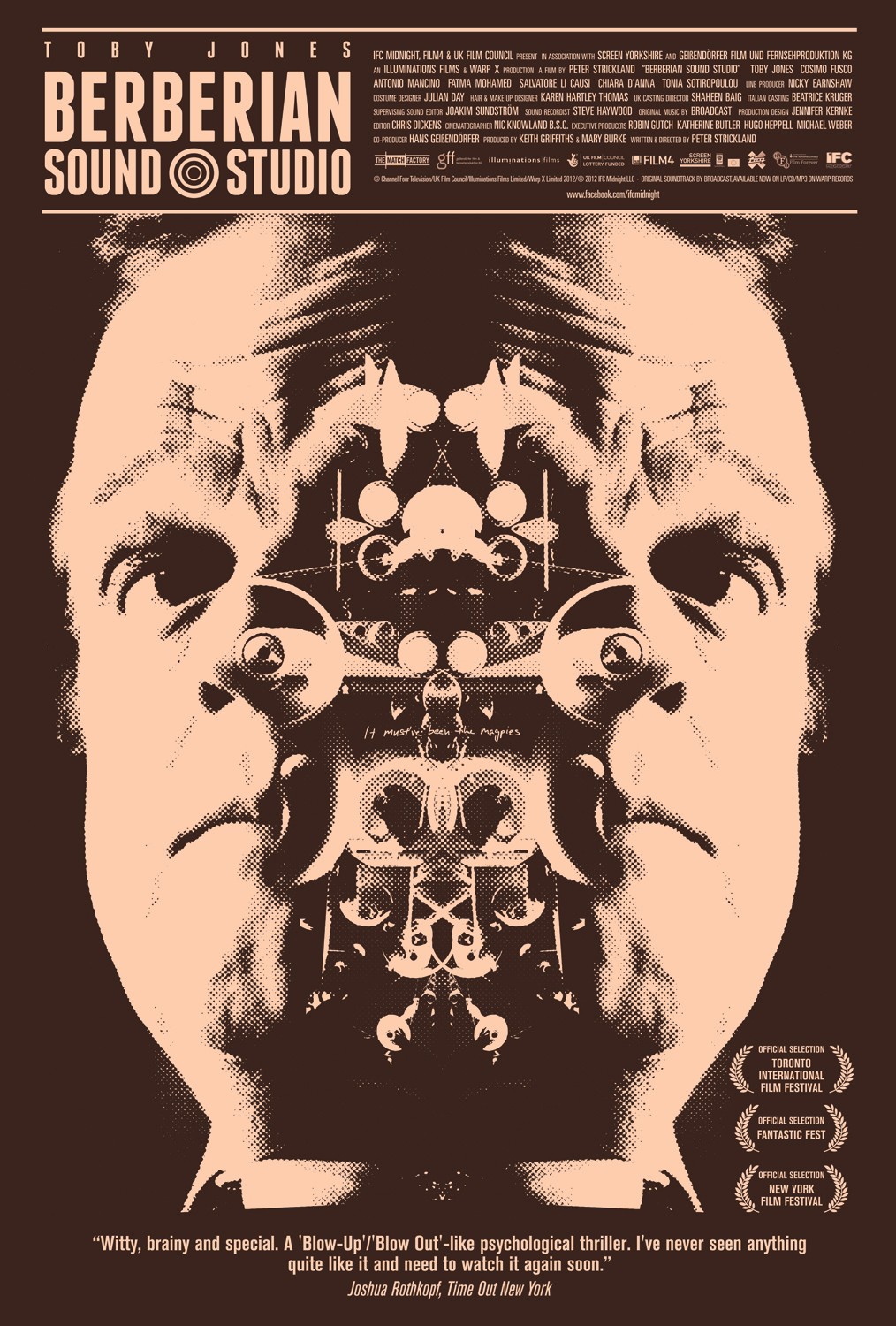
In the absence of real terror, Strickland creates a sense of mounting dread by playing around with the raw components of filmmaking. Writer-director Peter Strickland builds suspense out of the mundane: Gilderoy worries that he’s never going to get paid (which means he’ll never be able to afford to leave), and he watches as the people who run the studio argue loudly in a language he doesn’t speak, about issues that have clearly been festering for some time.

Or perhaps that’s just how it seems to Gilderoy.īerberian Sound Studio doesn’t have much of a plot. When the murder scene is finished, one of those watermelon-choppers hands Gilderoy a slice of the fruit, as though initiating him into a cult.
#Berberian sound studio movie movie
So within minutes of his arrival at the studio, Gilderoy is watching women get hacked to pieces on a movie screen, while strange, long-haired men stand next to him, chopping up watermelon in front of a microphone. (And sometimes tediously, to be completely honest.) Toby Jones plays Gilderoy, a shy sound-effects expert best known for his work on nature documentaries and children’s shows, who in the early 1970s is invited to lend a hand on one of those weird, bloody Italian thrillers classified as “giallo.” The project is called The Equestrian Vortex, and it’s an occult drama about fetching young riding-academy students encountering the vengeful spirits of tortured medieval witches. The power of suggestion to conjure up images and provoke emotion is a trick Berberian Sound Studio pulls over and over for 90 minutes, sometimes to delightfully witty effect, and sometimes cruelly. That is, until the chicks get ripped apart by magpies. It’s almost as though the audience, like Gilderoy, has been transported to England, in the middle of a country summer day, surrounded by adorably helpless baby birds. The letter isn’t narrated-by Gilderoy or his mother-so the audience has to read it to themselves as the camera pans slowly down, while the soundtrack plays the reel of comforting “sounds from home” that Gilderoy has brought with him to his new job in Italy. Periodically throughout the film, the woman’s son, Gilderoy, receives a letter from home, describing his mum’s adventures in bird-rearing. As both time and realities shift, Gilderoy finds himself lost in an otherworldly spiral of sonic and personal mayhem, and has to confront his own demons in order to stay afloat in an environment ruled by exploitation both on and off screen.Looked at one way, Berberian Sound Studio is really a movie about a nice old British lady looking after some chiffchaff hatchlings in her garden. His mother’s letters alternate between banal gossip and an ominous hysteria, which gradually mirrors the black magic of Santini’s film.


The longer Gilderoy spends mixing screams and the bloodcurdling sounds of hacked vegetables, the more homesick he becomes for his garden shed studio in his hometown of Dorking. Thrown from the innocent world of local documentaries into a foreign environment fuelled by exploitation, Gilderoy soon finds himself caught up in a forbidding world of bitter actresses, capricious technicians and confounding bureaucracy. Gilderoy, a naive and introverted sound engineer from England is hired to orchestrate the sound mix for the latest film by horror maestro, Santini. Only the most sordid horror films have their sound processed and sharpened in this studio.

1976: Berberian Sound Studio is one of the cheapest, sleaziest post-production studios in Italy.


 0 kommentar(er)
0 kommentar(er)
